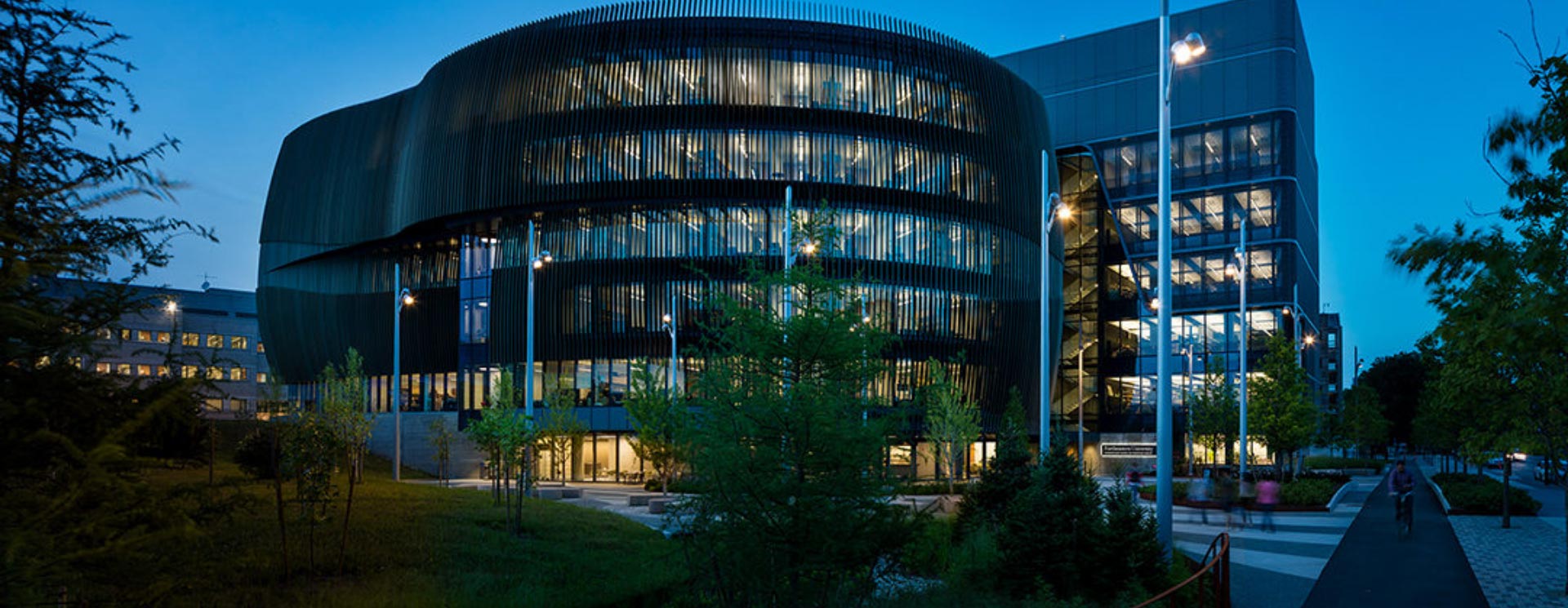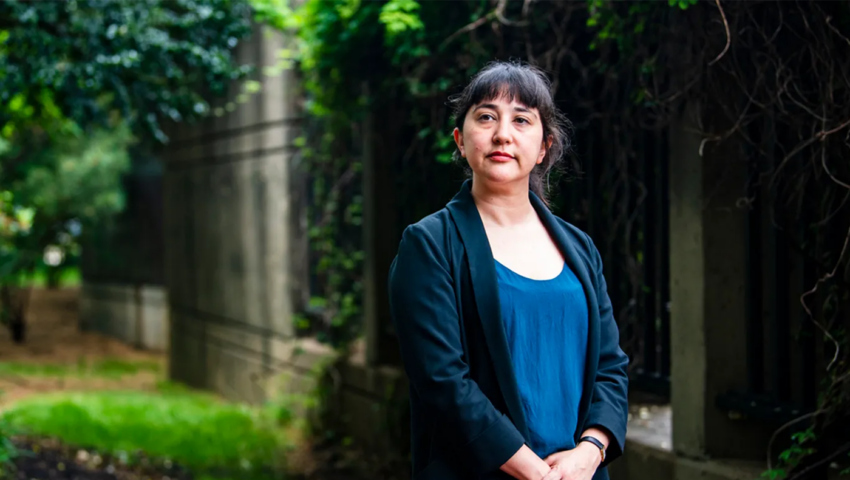
Faculty Labs
News
How teens make decisions: Juliet Davidow’s research sheds light on motivation and the adolescent mind
When Juliet Davidow was a teenager, she noticed something curious: Even though she and her friends shared similar life experiences, their outcomes often looked very different.
“Some teens I was friends with came through their adolescence relatively unscathed, whereas others were less fortunate,” says Davidow, an assistant professor of psychology at Northeastern University.
That early observation sparked a lasting interest in how people grow and change. In college, Davidow began studying how the human brain develops over time — and how that development influences thoughts, emotions and behavior.
Read more from Northeastern Global News.
Photo by Alyssa Stone/Northeastern University
Are seed oils bad for you? Moderation is the key, Northeastern experts say
Seed oils have recently come under heavy scrutiny but consuming them in moderation does not present a major health risk, according to Northeastern University experts.
“There are fractions of populations who consume a lot of oil just from a single source and that’s the concern,” says Jing-Ke Weng, a professor of chemistry, chemical biology and bioengineering at Northeastern University.
Weng recommends consuming a variety of oils, eating different types of foods in moderation and avoiding highly processed foods.
Read more from Northeastern Global News.
Photo by Jeffrey Greenberg/Universal Images Group via Getty Images.
What is a conlang? A linguist explains how languages in ‘Game of Thrones,’ ‘The Lord of the Rings’ and ‘Star Trek’ are created
Years before J.R.R. Tolkien published “The Lord of the Rings” and “The Hobbit,” he had started work on a language in search of a world.
Even before Bilbo Baggins set out on his grand adventure, Tolkien was tinkering with the many languages that filled Middle-earth. He called it his “secret vice,” one he spent decades working on, up until his death in 1973 –– and he’s not alone.
Constructed languages, or conlangs, are everywhere in fantasy and science fiction, from “Game of Thrones” to “Star Trek,” but they also exist outside of fiction, too.
According to Adam Cooper, director of the linguistics program at Northeastern University, a conlang is any language that has been consciously designed. Developing a conlang involves creating a full linguistic system –– from the most basic units of sound to words, sentences and vocabulary –– from scratch. There’s a reason Tolkien spent decades creating his Elvish languages.
Read more from Northeastern Global News.
Photo credit: HBO
Could biology hold the key to the future of computing? This Northeastern physicist is on a mission to find out
Almost all modern technology relies on the ability of electrons to carry charge. This is essential for electricity, power transmission, electronic devices, battery storage and many other uses.
However, electrons possess another built-in property beyond charge — spin. Scientists have been trying to harness this property for years, says Paul Stevenson, an assistant professor of physics at Northeastern University, leading to the emergence of a new field called spintronics.
“People have tried to find ways to make new materials that can manipulate this spin property as well as the charge property,” he says.
Surprisingly, research over the last decade suggests that nature may have already mastered what scientists have been trying to engineer. Stevenson explains that biomolecules seem to naturally use this property of electrons.
Read more from Northeastern Global News.
Photo by Matthew Modoono/Northeastern University



